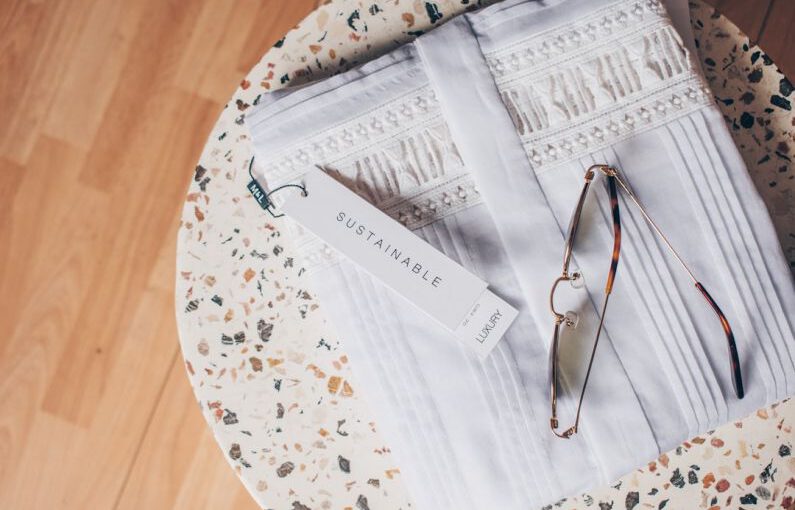Thrifting has become a popular trend in recent years, with more and more people turning to secondhand stores and online platforms to find unique clothing pieces at a fraction of the cost of buying new. But beyond just being a budget-friendly option, can thrifting also be a sustainable shopping practice? Let’s explore the environmental and social impact of thrifting to determine if it aligns with the principles of sustainability.
The Environmental Impact of Fast Fashion
Fast fashion has been a hot topic in recent years, with many consumers becoming more aware of the detrimental effects the industry has on the environment. The fast fashion model promotes quick turnover of clothing collections, leading to increased production, which in turn results in high levels of waste and pollution. From the use of toxic chemicals in the manufacturing process to the massive amounts of water and energy required to produce garments, the environmental footprint of fast fashion is undeniable.
Thrifting as a Solution
Thrifting offers a sustainable alternative to the fast fashion model by extending the life cycle of clothing items that would otherwise end up in landfills. By purchasing secondhand clothing, consumers reduce the demand for new production, thus decreasing the environmental impact of the fashion industry. Thrifting also promotes a circular economy, where items are reused and recycled to minimize waste and conserve resources.
The Social Impact of Thrifting
In addition to its environmental benefits, thrifting also has a positive social impact. Buying secondhand clothing supports local thrift stores and charities, many of which use the proceeds from sales to fund community programs and initiatives. Thrifting also provides affordable clothing options for individuals and families who may not have the means to purchase brand-new items at retail prices. By shopping secondhand, consumers can contribute to the well-being of their communities and promote a more inclusive and sustainable fashion industry.
The Rise of Conscious Consumerism
As consumers become more conscious of the impact of their purchasing decisions, the concept of conscious consumerism has gained momentum. Thrifting fits into this ideology by offering a way for individuals to shop in a more sustainable and ethical manner. By choosing to buy secondhand, consumers can reduce their carbon footprint, support local businesses, and contribute to a more circular economy.
Challenges and Considerations
While thrifting offers a range of benefits, it is not without its challenges. One of the main criticisms of thrifting is the lack of size inclusivity and diversity in secondhand stores, which can make it difficult for some individuals to find clothing that fits their body type or personal style. Additionally, the rise of online thrifting platforms has raised concerns about the environmental impact of shipping and packaging, as well as the potential exploitation of workers in the resale industry.
Embracing a Sustainable Shopping Mindset
Despite these challenges, thrifting remains a valuable and sustainable shopping practice for those looking to reduce their environmental footprint and support ethical fashion choices. By embracing a mindset of conscious consumerism and making thoughtful purchasing decisions, individuals can contribute to a more sustainable and inclusive fashion industry. Thrifting may not be a perfect solution, but it offers a step in the right direction towards a more sustainable future.
In Conclusion: Embracing Sustainable Fashion Choices
Thrifting has the potential to be a sustainable shopping practice when approached with a mindful and intentional mindset. By choosing secondhand over fast fashion, consumers can reduce waste, support local businesses, and promote a more inclusive and ethical fashion industry. While thrifting may not be a one-size-fits-all solution, it is a step in the right direction towards a more sustainable future for fashion.





